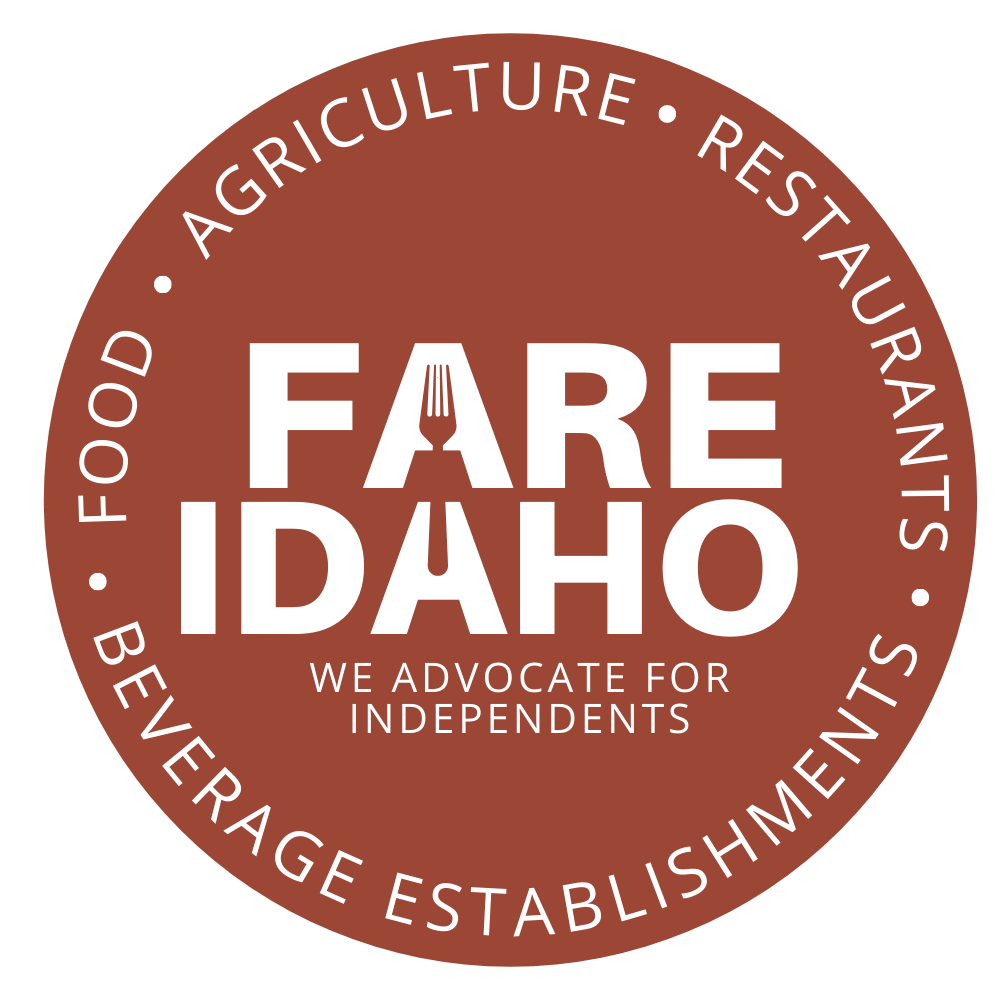FARE Idaho Feature: Boise Vertical Farm










Photos by Marilyn Isaac Photography
Boise Vertical Farm was founded by Jeff Middleton and Crystal Spencer in 2019 with the mission to to create a safe community that provides hope and employment for individuals in substance abuse recovery by growing local produce. Employees and volunteers operate greenhouses, garden spaces and a woodworking shop at three locations in the Boise area, supplying fresh produce like lettuce to local markets and restaurants, and offering DIY Mushroom Kits, planter boxes, and diverse crops in their online store and at weekly farmers markets. By supporting individuals in recovery by providing a clean, sober environment where they can gain skills, build experience, and complete community service, Boise Vertical Farm aims to create a positive “ripple effect” that benefits the entire community.
Can you explain the concept of "The Ripple Effect" and how Boise Vertical Farm aims to create that initial drop in the bucket for individuals starting on the road to recovery?
The Ripple effect is shown in our logo. The ripple effect comes from the idea of throwing a stone in a pond. At the center of the Ripple is the person - the addict - each ring of the ripple represents a layer of society and community. The first ring represents immediate family, the second ring represents extended family, the 3rd ring represents neighbors and friends, the 4th ring represents community, the 5th ring represents town and city, the 6th ring represents state and locale, the 7th ring represents area of the country, and so on - outward.
All areas of the ripple are adversely affected by the addict all the way out to national and country level. Alcohol and drug addiction adversely affects not only the person at the center but all of society. There is a negative cost associated with all parts. Addiction and Alcoholism have a monetary cost to society related to healthcare costs, and associated punitive costs with courts, police, jails, prisons, also there is a cost in lost potential and production as well as a personal cost to families. The government estimates that alcoholism and drug addiction costs every man, woman and child in the US over $2,000 per person per year.
Our goal at Boise Vertical Farm is to do our part to reverse the negative impact of the ripples by focusing on the person in the middle of the ripple. We believe we can have an impact by focusing on employment of people in recovery. In our small way, if we help people get clean and sober and stay clean and sober and help them find a job in a clean and sober environment we can impact the ripple effect.
Employment initiatives where people are given a chance to develop skills and education have been shown to have a major positive impact on people in recovery. Everyone around the addict or alcoholic benefits.
What products do you offer and where can we find them?
Boise Vertical Farm has 3 greenhouses and multiple high tunnel growing areas. We also have open garden space in 3 locations. Our largest sales are in lettuce. We have 4 different lettuce mixes that Boise Coop sells. We also sell lettuce to restaurants including KIN, Saltbrush and The Lively in Boise.
One of our growers runs a full wood shop. Our people build planter boxes for herbs and succulents at this location. We produce DIY Mushroom Kits with 5 different mushroom varieties. The planter boxes and DIY Mushroom kits can be seen on our shop online sales page on our website at www.boiseverticalfarm.com. Boise Coop also sells our planter boxes at their 2 locations.
We grow succulents, cacti, herbs, greens, tree fruit, strawberries, tomatoes, cherries, apples, pears, peaches, squash, green beans, spinach, and kale. We also grow catnip, and cat grass which we sell at the farmers markets. Our greenhouses operate year round. In the spring we provide tomato, pepper and strawberry garden starts.
We participate in 3 markets a week . We have a pop up indoor produce market at St Luke's, Boise Farmers Market on Saturday and 36th Street Market on Sunday. All of our products are available at these markets.
Funding for project/publication was made possible by a grant/cooperative agreement from the U.S. Department of Agriculture (USDA) Agricultural Marketing Service. Its contents are solely the responsibility of the authors and do not necessarily represent the official views of the USDA.
